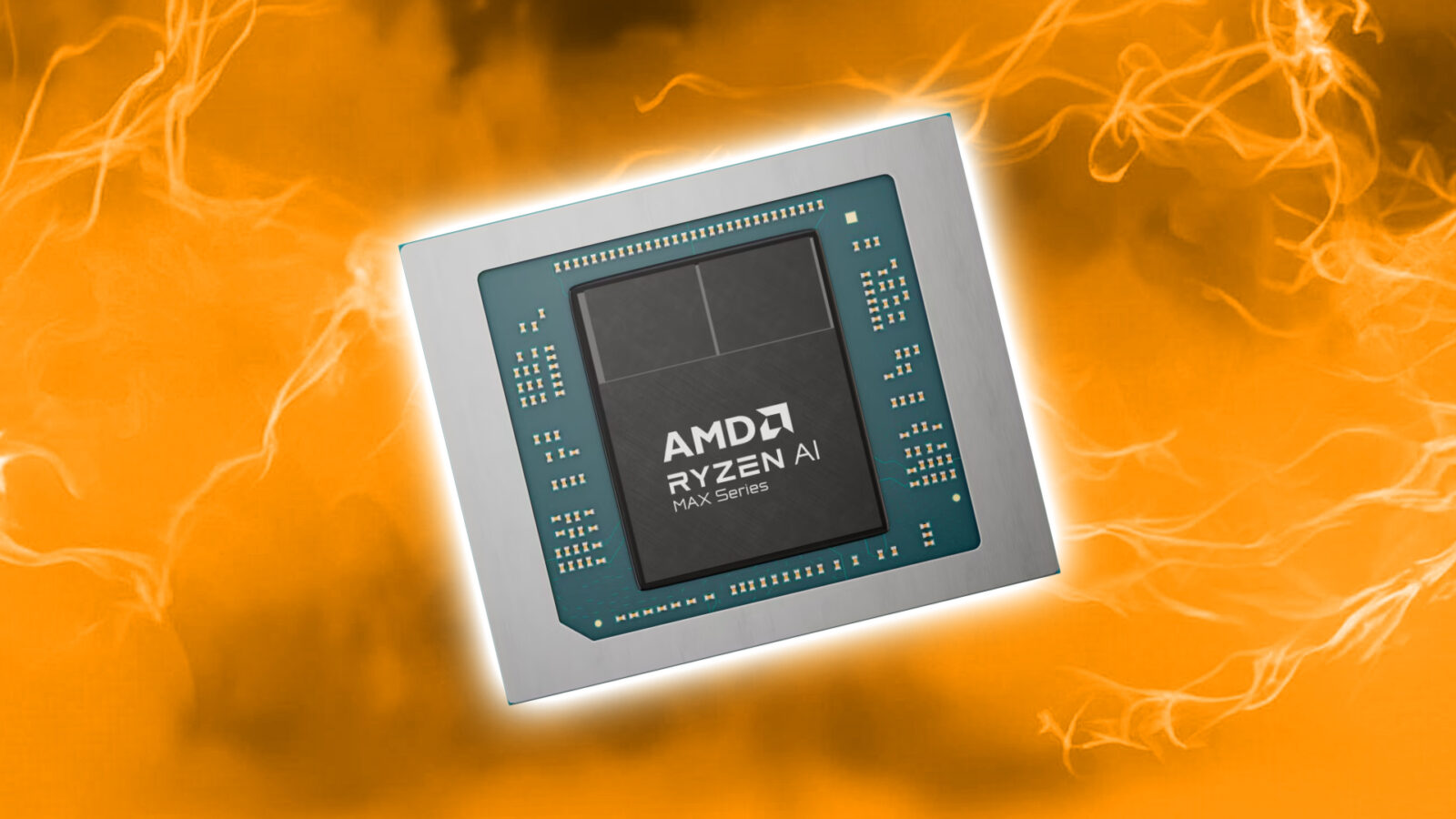According to an AMD Senior Fellow, owning one of the company’s new AMD Ryzen AI Max laptop CPUs is a bit like having a “Threadripper to put in the palm of your hands.” It’s all thanks to a brand new chip design, codenamed Strix Halo, which combines 16 cores with a surprisingly powerful integrated GPU.
These AMD Strix Halo CPUs, which so far include the recently announced AMD Ryzen AI Max and AI Max+, are mainly aimed at mobile workstations, rather than the very best gaming laptop designs, but their strong integrated GPUs mean they can be used for gaming too. Indeed, gaming performance from this new AMD platform already looks promising too, with a leaked Strix Halo benchmark prior to the official CES announcement showing it could beat an RTX 4060 without a graphics card.

According to AMD Senior Fellow Mahesh Subramony, however, it took a bit of time to get Strix Halo quite right. In an interview posted by YouTubers Chips and Cheese in the above video, Subramony explained that the Strix Halo CPU isn’t just a typical Zen 5 processor. Instead, it uses two modified Zen 5 CCD dies with a custom interconnect between them. It’s been designed to improve some of the thermal shortcomings seen in desktop Zen 5 CPUs, allowing for a higher range of available power states through which the CPU can cycle.
According to Subramony, this allows for “low power, same high bandwidth, 32 bytes per cycle in both directions, lower latency,” while also allowing the CPU to switch between power states with “almost instant” speed. The only downside, Subramony explains, is cost – the changes make the fabrication process “more expensive” than a 9950X3D he uses for comparison.
Subramony goes on to state that Strix Halo is a “full desktop architecture” with parts only removed for “efficiency” reasons, meaning that it “might not hit the peak frequency you would see on the desktop.”
Putting lower clock speeds aside, these changes appear to show that AMD has been able to almost fully implement the same Zen 5 architecture for mobile devices without making some of the larger sacrifices it’s made in the past to Zen 4 laptop CPUs to make thermal performance and battery life sustainable for laptop use. Subramony explains that Strix Halo is a “workhorse” processor, and that he “almost jokes about it saying it’s a Threadripper to put in the palm of your hands.”
While this is all quite technical, this interview shows how seriously AMD is working to balance high performance against the need to maintain a healthy battery life on laptops. That work explains why the brand-new AMD Ryzen AI Max CPU looks set to also offer a load of computing horsepower, with not only 16 Zen 5 cores, but also a Radeon GPU with 40 Compute Units that, on paper, provides more raw power than a Radeon RX 7600. That’s a formidable single-chip setup for running Da Vinci Resolve, as well as occasional gaming.
The Ryzen AI Max range is set to launch in new gaming laptops in Q1 2025, where we’ll be eager to test out these new CPUs and see how they perform for ourselves. If you’re more interested in what AMD’s doing on the desktop, then check out our guide to the best gaming CPU, where we take you through all our favorite options to suit a range of budgets.











Leave a Reply